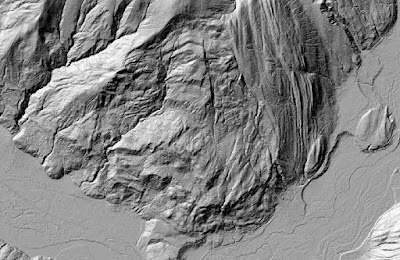Last week I was asked by an associate if I could send some geology pictures to a student. A rather broad request given the thousands of geology pictures I have in my picture files. What came to mind was perhaps a bit random, but deviated from my Washington State geology and geology hazards pictures.
During my time at Petrified Forest National Park I was fascinated by erosional pedestals formed by hard blocks of rock (in some cases the rocks were petrified wood) protecting much weaker underlying rock or sediment.
During my time at Petrified Forest National Park I was fascinated by erosional pedestals formed by hard blocks of rock (in some cases the rocks were petrified wood) protecting much weaker underlying rock or sediment.
Petrified wood forming erosion pedestals
Petrified Forest National Park, Arizona































